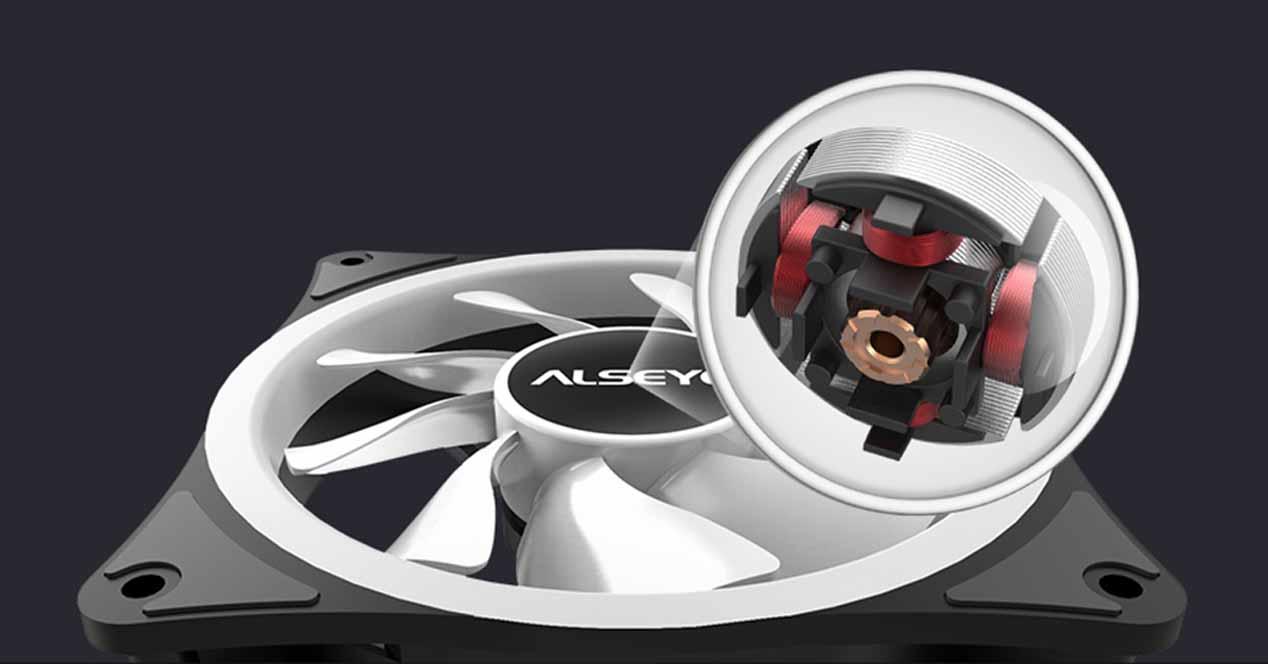In the past, motors had a wire brush at the end of their rails that touched the rotations of the motor that generated power. They worked fine, but since they had constant friction there was quite a bit of wear and tear, besides making a lot of noise and even producing sparks. Brushless motors have replaced them for quite some time because they are much quieter and more reliable.
What is a six pole fan motor?
To understand what a six-pole fan is and how it differs from a four-pole fan, you first need to know what its structure looks like: the outer shell is the rotor, which consists of built-in magnets with four poles, while in the inner core called stator, incorporates several copper coils (usually four or six), hence the name of four or six pole fans.
In a six-pole motor, the copper coils fill most of the available space inside, which improves efficiency as losses are greatly reduced.
Let’s explain it with an example: imagine a Tiovivo or carousel, in which four people are located in the four cardinal points: north, south, east and west. These people push the carousel every time it passes where they are, but between passing one and reaching the next, there is a period of time when no one is pushing it and therefore there is loss of speed.
Addition of two additional people (for a total of six), the frequency is increased by 50% with which there is someone pushing the merry-go-round, thus increasing the efficiency much more because there is almost always someone pushing it and therefore it hardly loses speed. At the same time, this makes the speed of rotation more homogeneous, as it hardly loses speed.
Something similar happens with a four or six pole fan rotor; As soon as a direct current is conducted in the system, the copper coils are electrically charged
So, is it better, the more sticks you have?
A reasonable doubt that can arise is that if a six pole motor in a fan gives it greater homogeneity when rotating, more stability and efficiency, why not put more coils then?
The answer is that there are obviously physical limitations. You can’t add more coils because you can’t make a rotor too big because otherwise there wouldn’t be room for the blades, which ultimately are the ones that move the air; Another alternative would be to make the coils smaller, but in this case the magnet that is created by applying an electric charge would not have enough power to run the system.
However, as you can see in the picture below, there are fans with more poles (in the picture you have one with no less than 12 poles), but you can also see the obvious physical difference. in terms of motor size, much larger than that used by conventional fans. A 6 pole fan can be integrated in the same space as a 4 pole fan without losses, which is why it is considered ideal.
On the other hand, adding more material would mean an increase in manufacturing cost and production time, which would lead to a noticeable increase in the selling price of the fans. To this must be added that the number of coils must be a multiple of two, since a magnetic field inevitably requires two magnetic poles to function.










